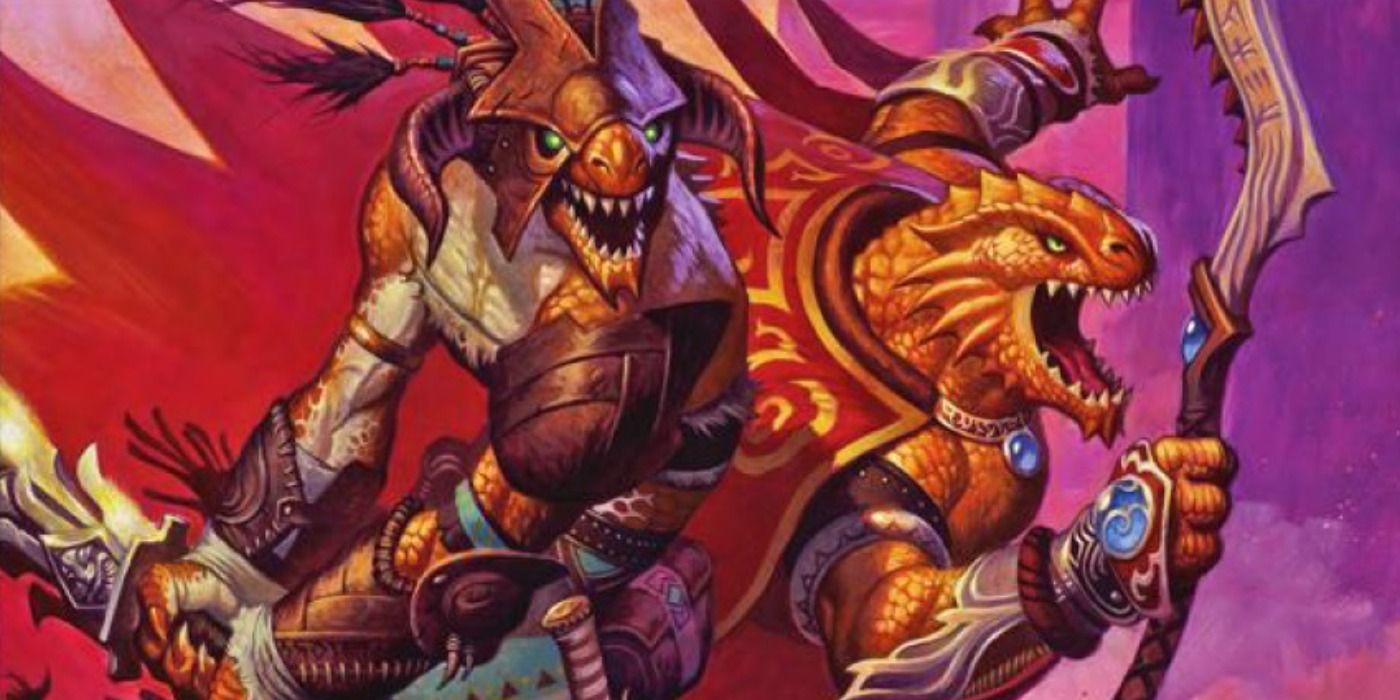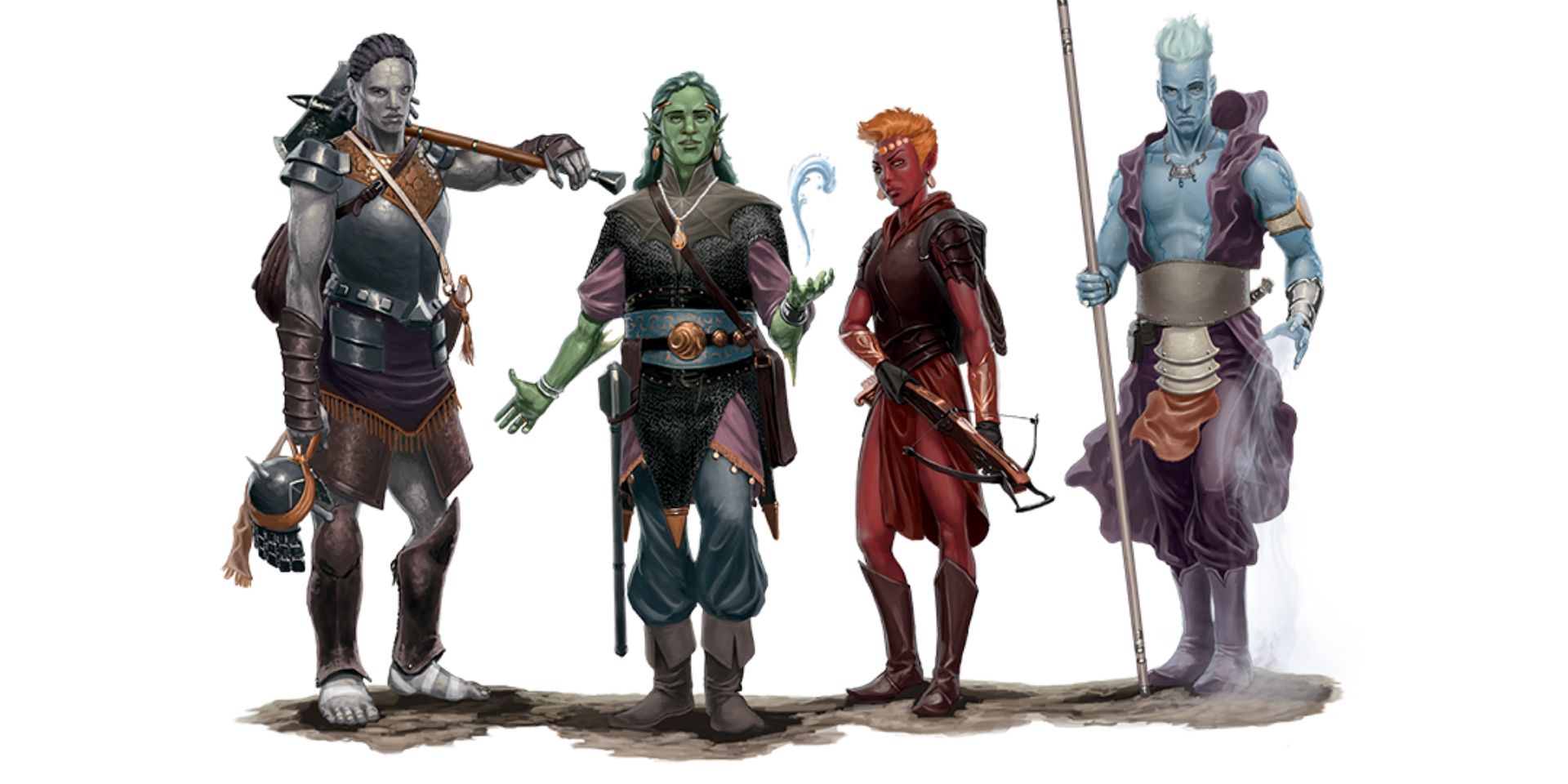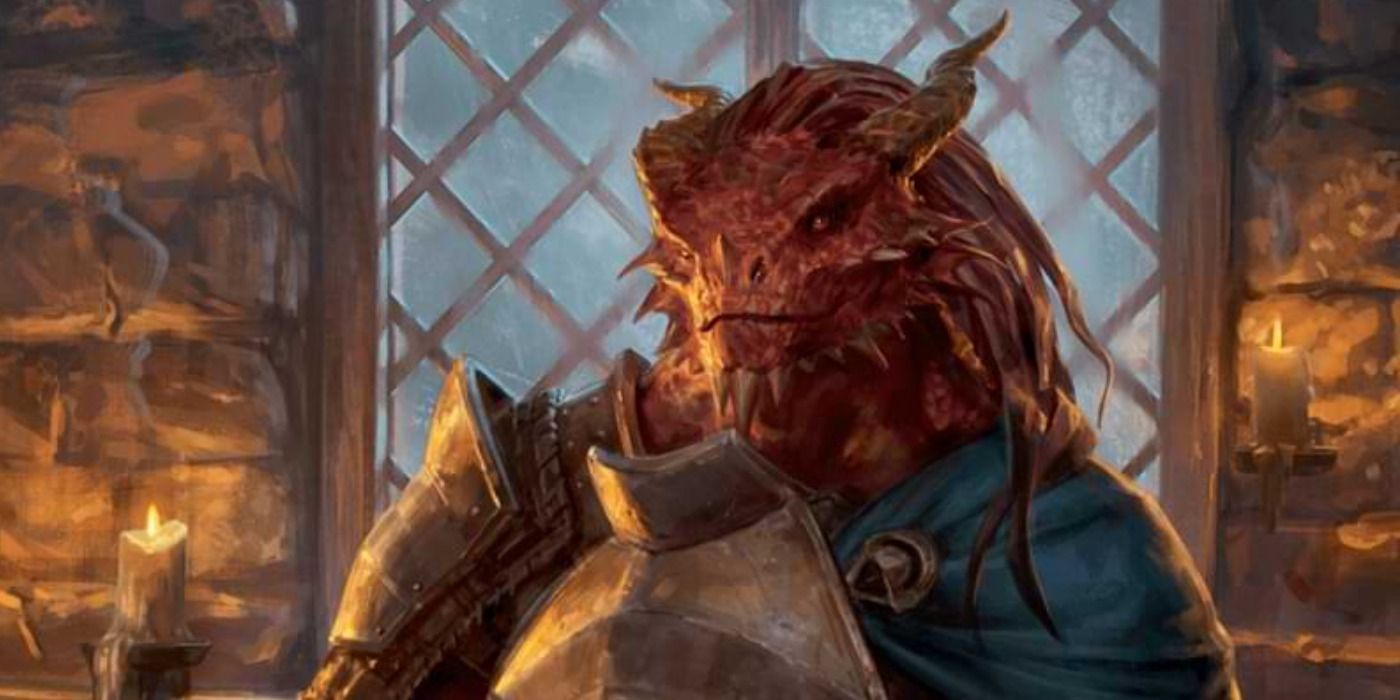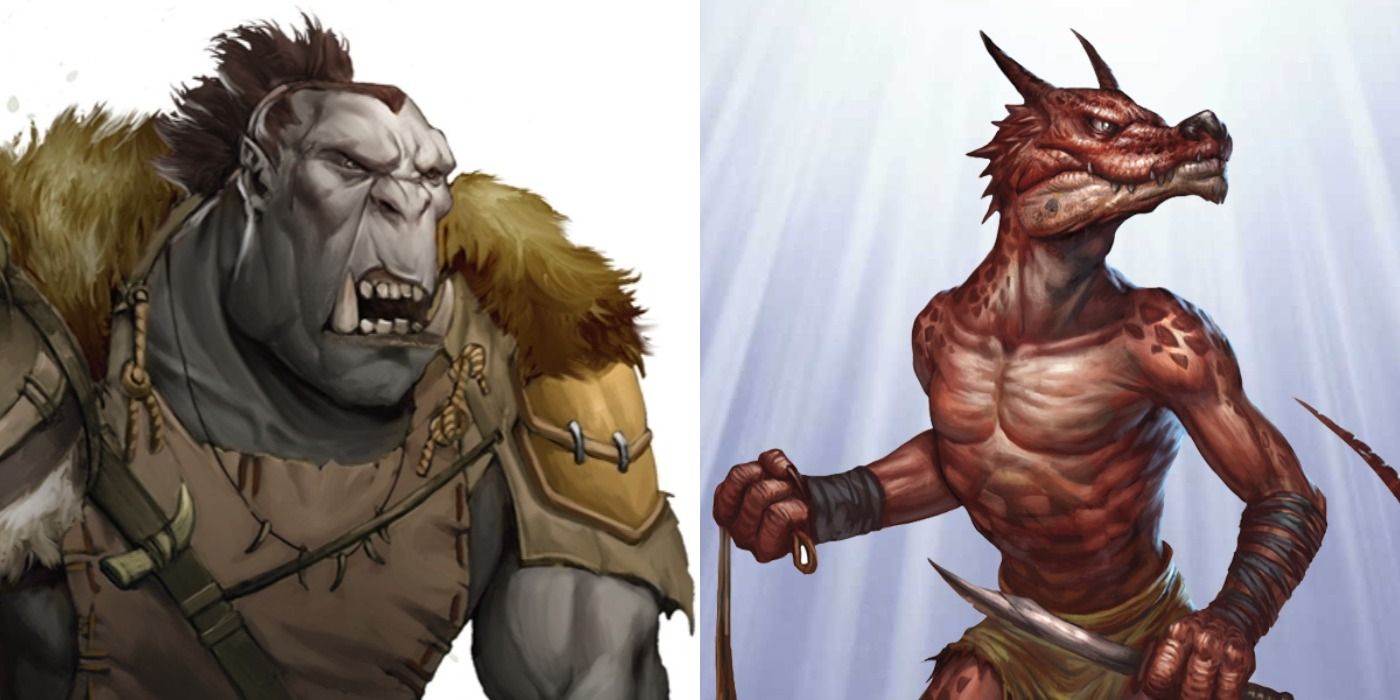Dungeons & Dragons has been taking a new approach to racial stat bonuses and this improved some of the playable races in the game, as players often felt restricted to picking specific race/class combos. In the Player's Handbook, all of the races except for humans are given +2 to one stat and +1 to the other, with the choice of subrace often deciding where the +1 goes. Humans either receive +1 to all stats, or two +1s, a bonus skill proficiency, and a feat. This meant that D&D's human adventurers were the most flexible in terms of build.
The older editions of D&D (as well as games like Pathfinder) are a lot more math-heavy than 5e D&D. The numbers that players commonly use in D&D 5e increase at a much slower rate than they used to and there are fewer abilities that provide temporary bonuses to keep track of. As such, these initial stat points can mean the difference between life and death. The number of players who have been one point away from scoring a victory will understand this. This means that players would often let their choice of class dictate their race, as they would want to squeeze as much effectiveness out of their abilities as possible.
Wizards of the Coast offered a new solution in Tasha's Cauldron of Everything, as there are new racial stat rules that let the player select where they want to put their +2 and +1. This rule has appeared in all official rulebooks released since, and it will likely become part of the three core rulebooks in the upcoming 5.5e D&D update in 2024. These new stat rules have made some of the races in the game a lot more attractive to players, as they aren't pigeonholed into specific classes and roles.
The Genasi In D&D Lost Their Restrictive Constitution Bonus
The genasi are a race of humanoids that have a genie somewhere in their family history. The D&D multiverse's elemental planes are home to a number of different genies, which is why their descendants inherit elemental magic. The air genasi, earth genasi, fire genasi, and water genasi not only have the ability to cast elemental spells, but their appearance reflects their ties to the elemental planes. The genasi race has been part of D&D for a long time and they are playable in 5e. In 5e D&D, the playable genasi debuted in the Princes of the Apocalypse D&D campaign, followed by a reprint in Explorer's Guide to Wildemount. All of the genasi received a +2 to their Constitution score and a +1 to another stat, depending on their specific element. The air genasi received +1 to Dexterity, the earth genasi received +1 to Strength, the fire genasi received +1 to Intelligence, and water genasi received +1 to Wisdom.
The +2 to Constitution was an unusual choice, as there are very few instances where Constitution checks need to be made in comparison to the other stats. The warriors in the group would favor Strength or Dexterity, as that's the bonus that is applied to all of their attacks, while spellcasters favor Charisma, Intelligence, or Wisdom, as those are used for spells. Constitution in D&D is used for hit points, saving throws, and Concentration checks. In most cases, a player would rather have a higher Dexterity than Constitution, as avoiding damage is preferable to needing to tank it. As such, the genasi's Constitution modifier wasn't as desirable as the +2 bonuses received by other Dungeons & Dragons races.
The new Monsters of the Multiverse has updated playable races that have appeared in other books. The new version of the Genasi use the Tasha's Cauldron of Everything floating stat bonuses. So, players can put their biggest stat boost into something that will see a lot of action, rather than something that is mostly used for reacting to the actions of others.
D&D Dragonborn Can Be More Than Charismatic Brawlers
The dragonborn appear in the D&D Player's Handbook, where they possess a +2 to Strength and a +1 to Charisma. This stat spread makes them effective in a few classes, but bad at others. The Strength and Charisma boost is amazing for paladins and College of Valor bards. The issue is that the Strength and Charisma boost is a poor mix for most other classes. The melee classes (save for paladin) have no mechanical benefit from a +1 to Charisma. The Charisma-based spellcasters also benefit little from the +2 to Strength, as bards are better suited to Dexterity builds (save for those who take the College of Valor), as are sorcerers. The dragonborn have the blood of dragons flowing through their veins, yet half-elves and tieflings are more effective at being sorcerers than they are.
The version of the dragonborn in the Player's Handbook was considered a weaker race by a lot of fans, which is why many people used homebrew D&D rules for their dragon breath attack to make it more useful. A recent D&D book fixed all of the issues with the dragonborn. Fizban's Treasury of Dragons updated the dragonborn, with the chromatic and metallic dragonborn now being separate races, who are joined by gem dragonborn. Not only has the dragon breath been improved, but the dragonborn have new special abilities, depending on their lineage. These dragonborn now use the Tasha's Cauldron of Everything stat rules, so players have a lot more freedom to select a class, without feeling under-optimized.
Orc & Kobold Races In D&D Are Now Treated Fairly
It was common in 3e D&D for nearly all of the races to have a stat bonus and a stat penalty. The dwarves, for example, received +2 to Constitution and -2 to Charisma. This concept was almost entirely scrapped from D&D 5e, with all of the races in the Player's Handbook receiving stat bonuses and no penalties. A book called Volo's Guide to Monsters broke this trend with its monstrous races, as the playable versions of the orc and kobold had stat penalties. The version of the orc in Volo's Guide to Monsters received +2 to Strength and +1 to Constitution, but took a -2 penalty to Intelligence, while the kobold received +2 to Dexterity and -2 to Strength.
It was strange that these two races, in particular, were singled out, as the bugbear, goblin, and hobgoblin appeared in the same book and didn't receive any penalties. An improved version of the orc later appeared in Explorer's Guide to Wildemount, where the Intelligence penalty was dropped. New versions of the orc and kobold have appeared in Monsters of the Multiverse, where they use the new Tasha's Cauldron of Everything stat rules, and no longer receive any penalties. Monsters of the Multiverse changed orc lore, making it a lot more believable that they would take the path of an adventurer in Dungeons & Dragons.




